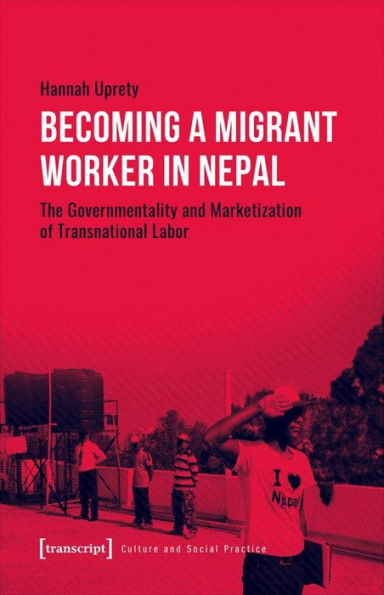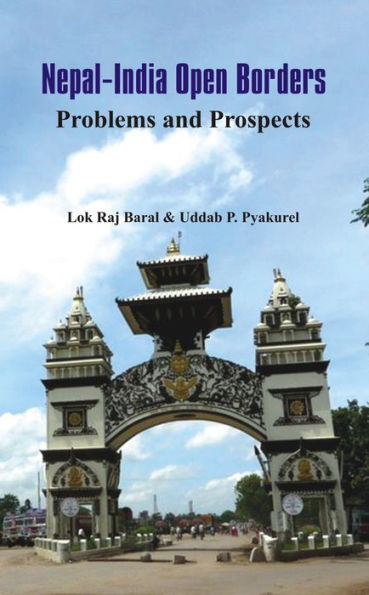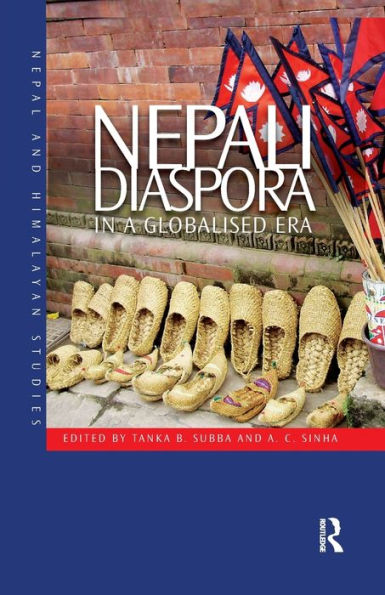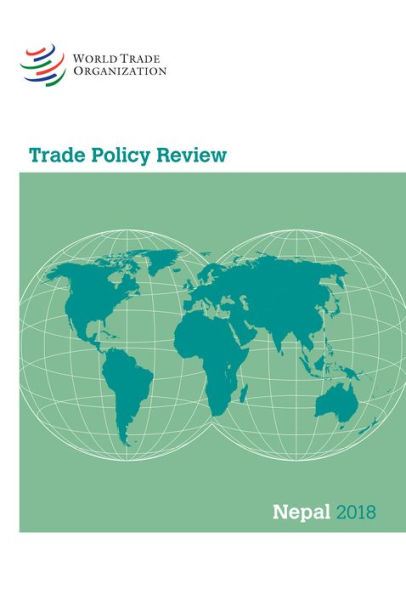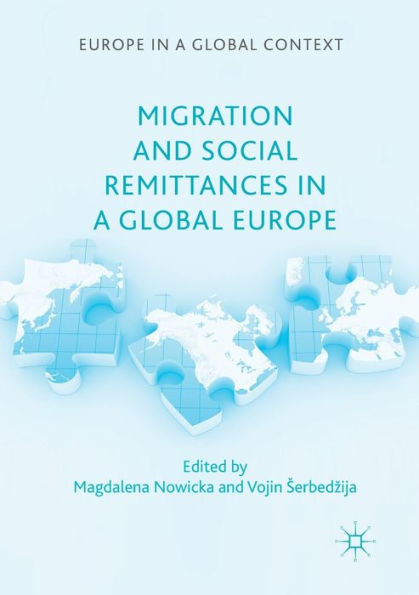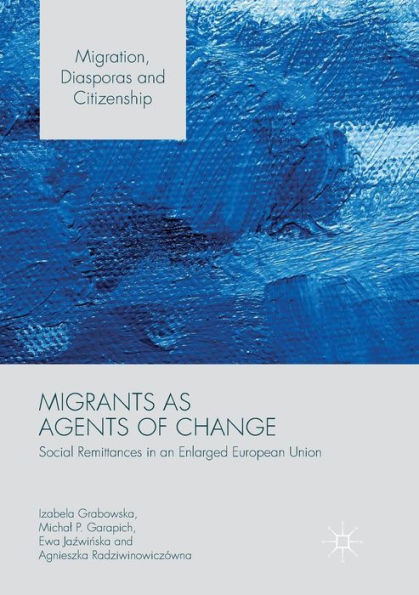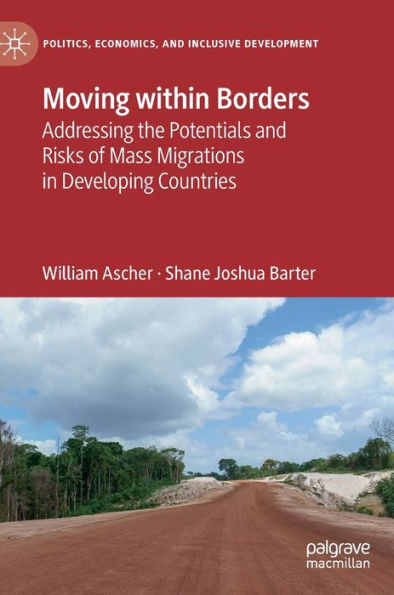Home
The Qatar-Nepal Remittance Corridor: Enhancing the Impact and Integrity of Remittance Flows by Reducing Inefficiencies in the Migration Process
Loading Inventory...
Barnes and Noble
The Qatar-Nepal Remittance Corridor: Enhancing the Impact and Integrity of Remittance Flows by Reducing Inefficiencies in the Migration Process
Current price: $20.00
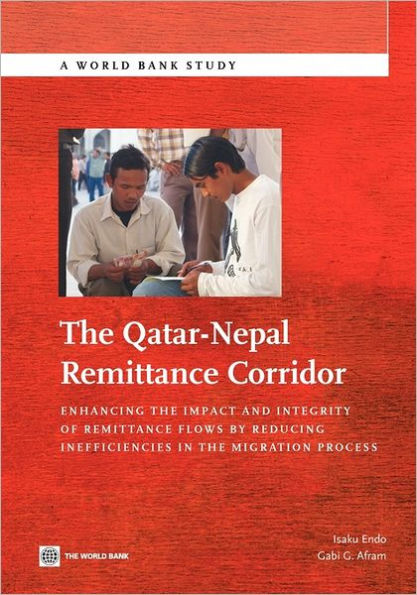

Barnes and Noble
The Qatar-Nepal Remittance Corridor: Enhancing the Impact and Integrity of Remittance Flows by Reducing Inefficiencies in the Migration Process
Current price: $20.00
Loading Inventory...
Size: OS
*Product Information may vary - to confirm product availability, pricing, and additional information please contact Barnes and Noble
This report identifies challenges in the migration process from Nepal to Qatar (related to high migration costs and their financing) and constraints in the remittance transfer process from Qatar to Nepal, which together limit the development and poverty reduction impact of remittance flows to Nepali households. The report analyzes migration practices, remittance transfer processes, and their underlying legal and regulatory framework in the Qatar-Nepal Corridor in order to provide policy recommendations that would help improve the scale and impact of remittance transfers from Qatar to Nepal, and enhance the integrity of migration and remittances in the corridor. These recommendations are especially important given that although Nepalis constitute around a quarter of the migrant labor-force in Qatar, they send home only 7 percent of total remittance outflows from Qatar. This corridor has several distinctive features. First, the majority of remittance flows from Qatar to Nepal are being transferred through officially regulated remittance channels. One of the reasons for this is actually the second feature of this corridor, namely, the officially managed migration process from Nepal to Qatar (as a result of which the majority of migrants are documented workers). The third feature is the contrast between the high competition and low prices of remittance services in this corridor on the one hand, and the contradictory rules and high costs incurred during the migration process on the other hand. Finally, as a by-product of the complex migration process which involves multiple players, financial transfers through informal mechanisms take place from Nepal to Qatar in order to pay the commissions of manpower agencies and middlemen. In Chapter I, the process of migration from Nepal to Qatar is explained and analyzed. Chapter II looks at the remittance transfer process from Qatar to Nepal. Chapter III provides an overview of the legal and regulatory framework underpinning remittance transfers in both in Nepal and Qatar. Finally, Chapter IV summarizes the main findings, identifies the main challenges and provides policy recommendations on how to improve the efficiency of the migration and the scale and impact remittance transfers in the corridor.


